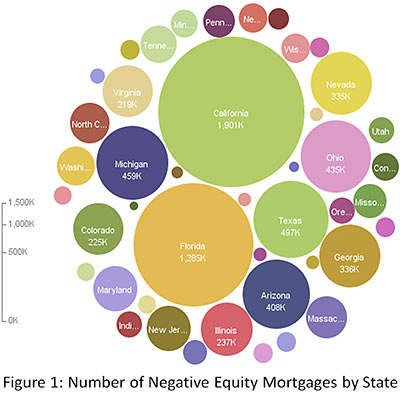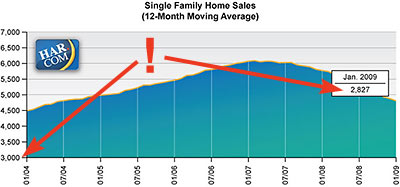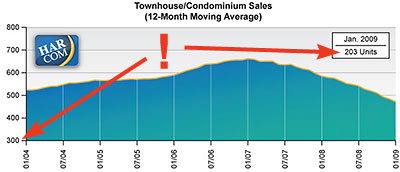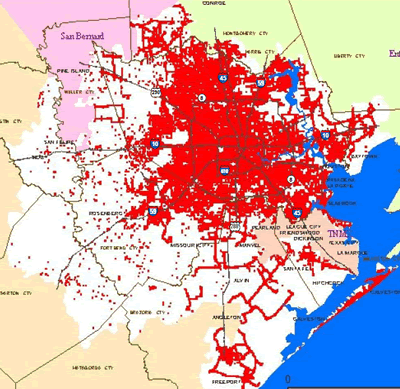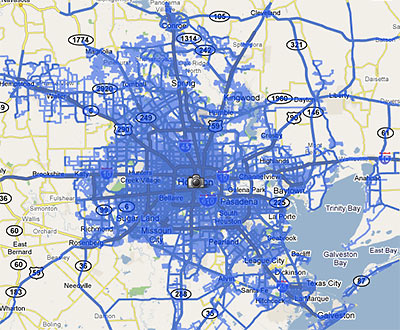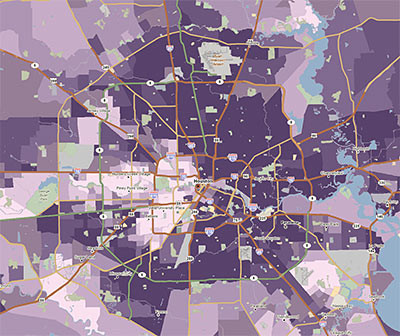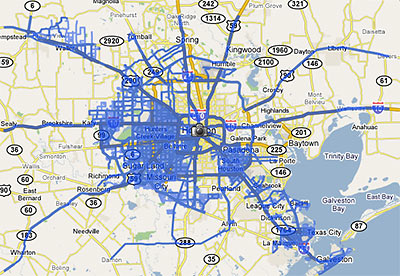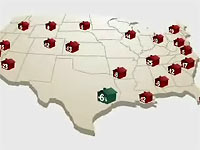 Sure, there’s the latest numbers out from the Houston Association of Realtors, showing a continuing decline in home sales in October, an 8 percent upswing in the average number of days homes have sat on the market, and a slight drop in the median home price compared to this time last year.
Sure, there’s the latest numbers out from the Houston Association of Realtors, showing a continuing decline in home sales in October, an 8 percent upswing in the average number of days homes have sat on the market, and a slight drop in the median home price compared to this time last year.
But the most blatant sign that serious problems in Houston housing have already arrived is the new promotional blitz just unleashed by the Greater Houston Builders Association — telling us all not to panic: Everything’s just rosy in the wonderful world of Houston residential real estate. Hey, everybody back in the water!
The PR push, which includes a blanketing of radio and TV spots in local markets, is designed to reassure nervous would-be buyers that now’s the perfect time to buy a home way out on the latest subdivision frontier, even though lots of scary signs have been suggesting otherwise for quite a few months now. The heart of the homebuilders’ campaign is the ominous-sounding HoustonFacts.org website, which fills Houston homebuyers’ ears with fact-filled, sage advice like this:
If you try to wait and time the market until it hits rock bottom, you are likely to lose out. Just as no one can accurately predict the peaks and valleys of the stock market (name one person who sold their tech portfolio in April of 2000), the same holds true for housing. If you sit on the fence and wait for the absolute best deal, you could end up literally waiting for years. And most likely, your guess on market timing would be wrong. But if you choose to buy now, you will not only be in the driver’s seat during the buying process, you will also reap the gains of price appreciation once you become a home owner. Remember, those who purchased homes in the early 1990s during the last big economic and housing downturn came out as big winners.
There’s lots more of this kind of wisdom available on the site, but here’s a special challenge to eagle-eyed Swamplot readers: See if you can find the comparison of a home investment to a stock-market investment on the site that simplifies all those messy calculations by leaving out the cost of monthly mortgage payments and expenses!
Keep reading for a HoustonFacts.org tip on home foundations for the Houston climate!
CONTINUE READING THIS STORY
